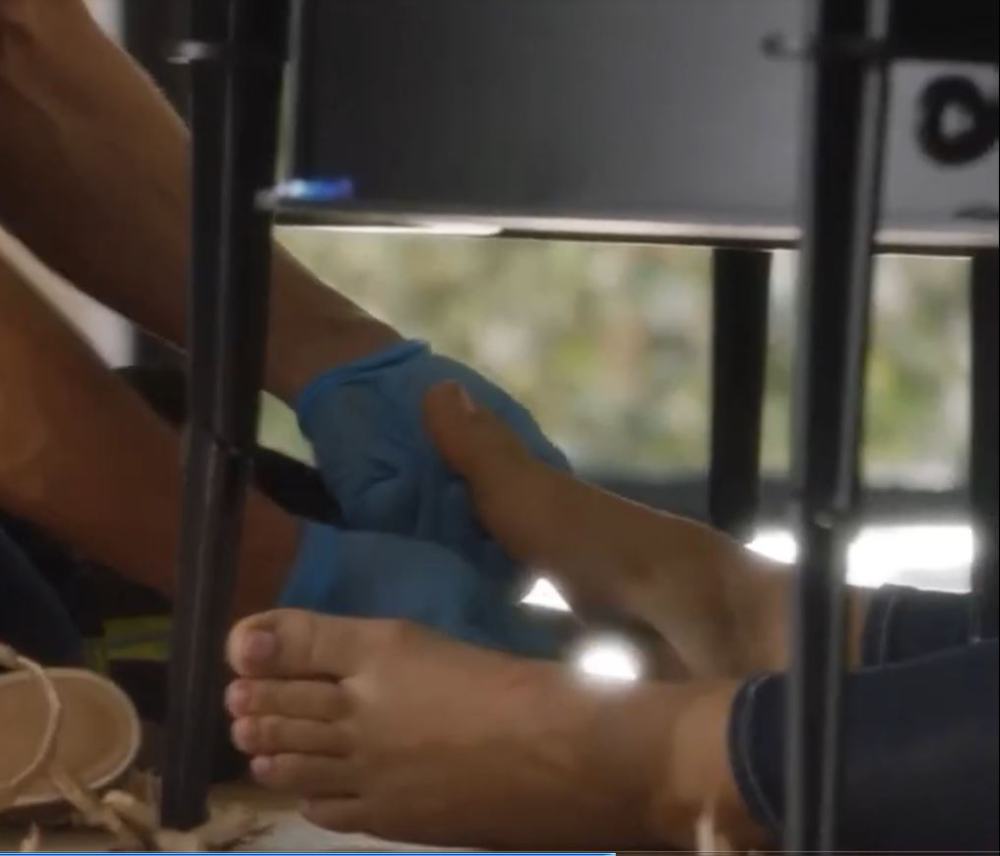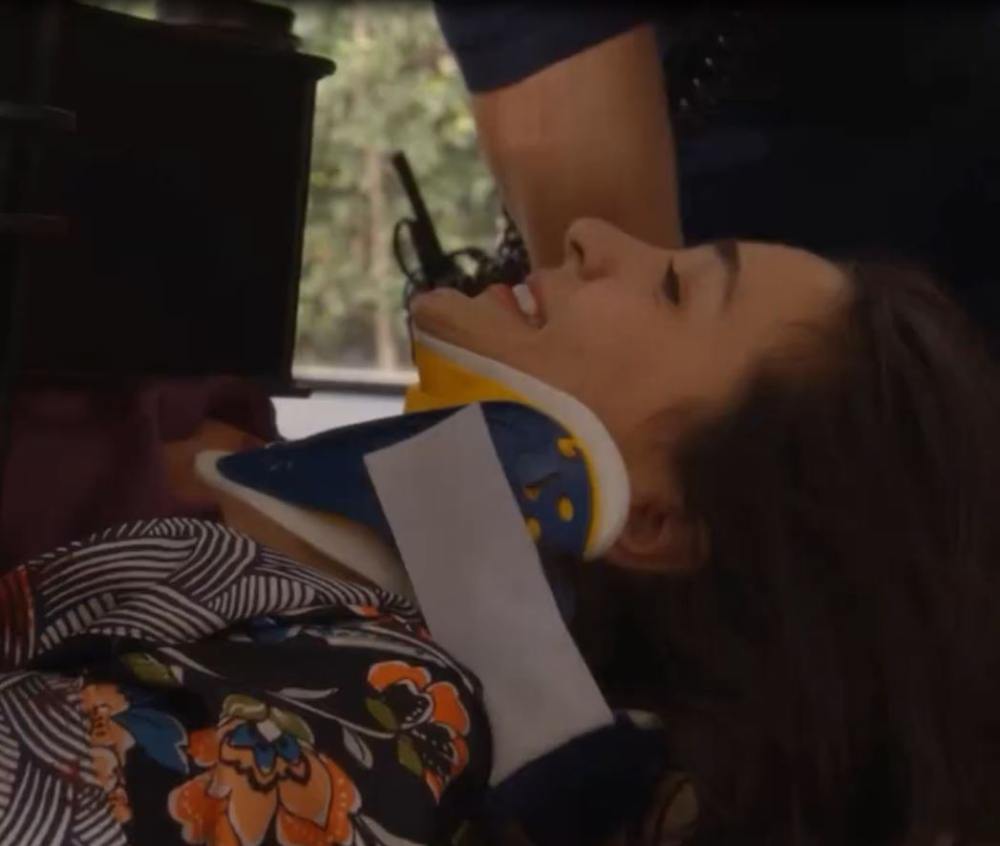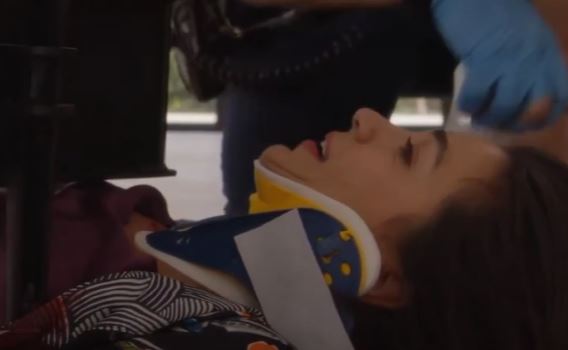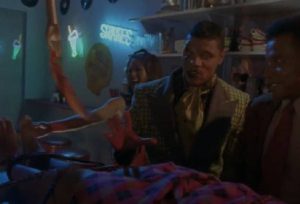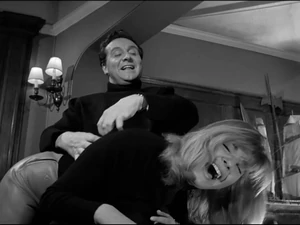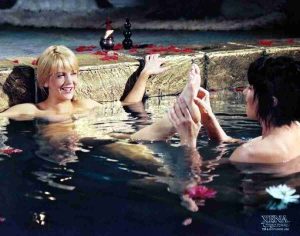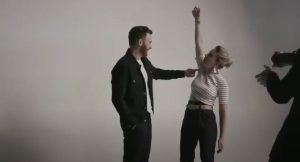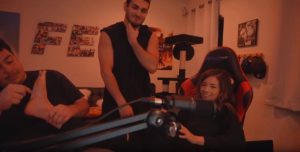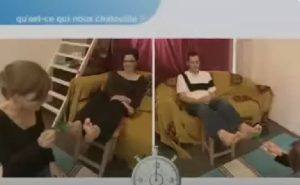The Babinski reflex is an important neurological sign used to assess the function of the central nervous system, particularly the corticospinal tract. This reflex was first described by French neurologist Joseph Babinski in 1896. It is assessed through a specific test that stimulates the sole of the foot.
Leggi tutto: A Ticklish Babinski Reflex in ‘9-1-1’The Babinski reflex test involves applying stimulation along the lateral margin of the sole of the foot, starting from the heel to the front, using a blunt object. Under normal conditions, the reflex response is flexion of the toes. However, in the presence of CNS lesions, an abnormal response is observed: extension of the big toe and fanning of the other toes. This phenomenon indicates upper motor neuron dysfunction, signaling potential neurological damage.
The tickling sensation that may accompany the Babinski reflex is related to stimulation of the skin and sensory nerve endings in the sole of the foot. When the test is performed, the stimulation causes a reaction that can be perceived as a tickle, particularly in individuals with increased skin sensitivity. This response is due to the activation of sensory nerve pathways that send signals to the brain, generating an uncomfortable or ticklish sensation.
Tickle scene in ‘9-1-1’
Season 6, Episode 7 title “Cursed’.
An actress was trapped when a chandelier fell on her, and she told the EMT she couldn’t feel anything. The EMT performed the Babinski test, and the woman started laughing. The EMT remarked, “Seems like you felt that,” to which the woman responded, “You’re tickling my feet—of course I did.”
